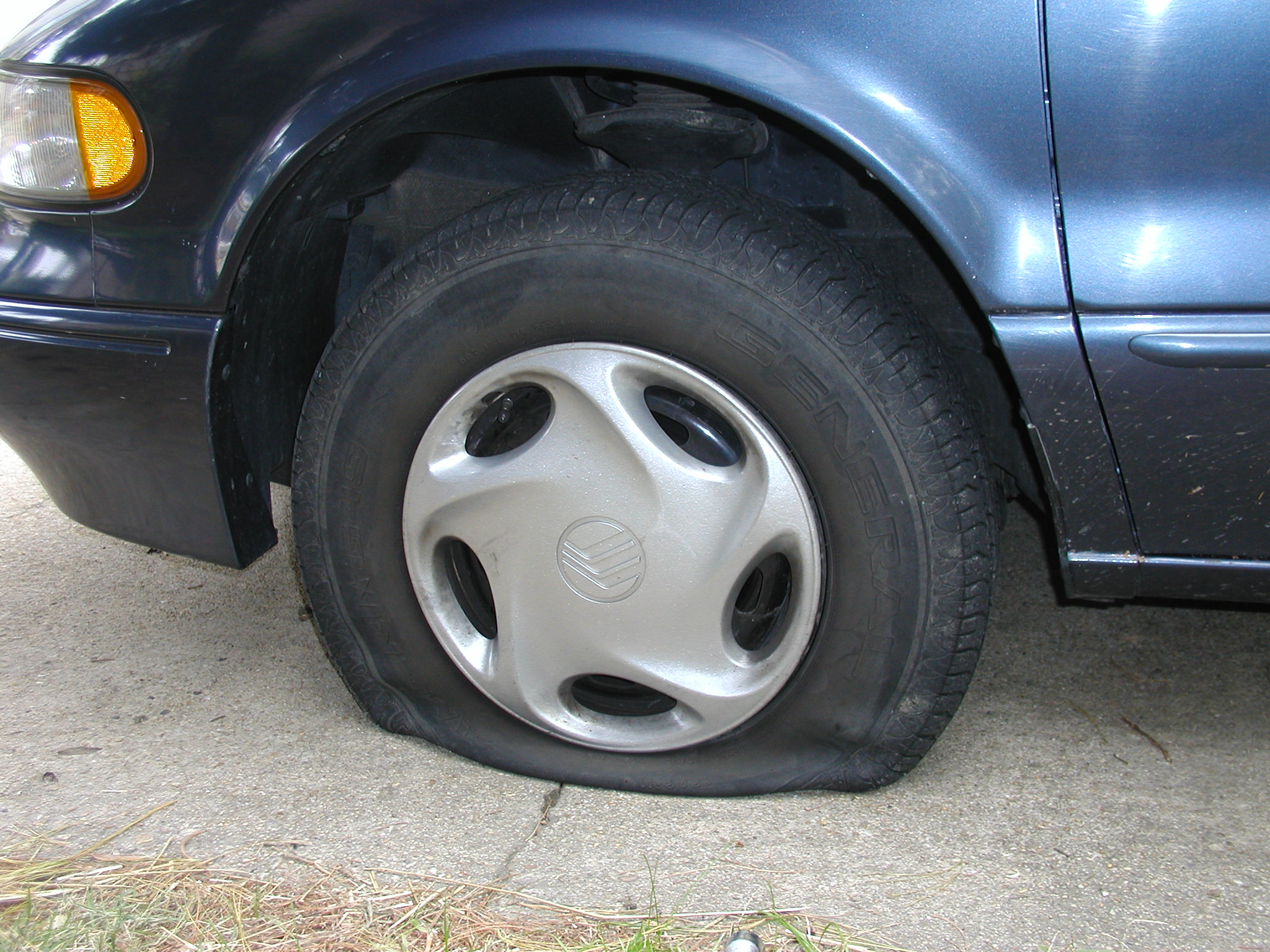
Also, driving dynamics in fast turns and over larger bumps aren’t as good if the tire isn’t at normal pressure.īut if a run-flat tire doesn’t look or feel much different when it has no air pressure - and running far or fast like that is dangerous - how do you know it’s “flat”? Why? Because without air pressure to spread the load across the tread and help dissipate the heat that builds up inside the tire, the strain on the sidewalls and high internal temperature would eventually cause the tire to degrade and fail. Most run-flat tires are only supposed to be run without air pressure for a limited distance and speed - often around 50 miles at a maximum of 50 mph. Why Does a Run-Flat Tire Need Air at All? Thus “run- flat” seems like somewhat of a misnomer. While the sidewall does squash down a little - like a regular tire that’s a bit low on air - it doesn’t look flat, and in mild-mannered driving, the loss of pressure may not even be noticed by the driver. On a run-flat tire, the sidewall is stiff enough and strong enough to support the vehicle’s weight even if a leak causes a complete loss of air pressure.

That’s because air pressure inside is what’s normally supporting the vehicle’s weight and keeping the tire round without that air pressure, the sidewall of the tire collapses and the tire goes flat. Normally, a flat tire looks like a tire that’s completely flat on the bottom, making it seem as though the car is riding on the wheel rather than the tire. You still have to get the tires fixed or replaced, but you don’t have to do it right then. Whatever the name, the idea is that they can be driven on - at least for a short distance - even if they lose all their air pressure. Related: What’s the Difference Between Summer, Winter and All-Season Tires? Perhaps it’d be more accurate to say “run-without-air-pressure tires,” though that would also be somewhat of a mouthful.

Although run-flat tires have been around awhile, their name can be a bit misleading.


 0 kommentar(er)
0 kommentar(er)
